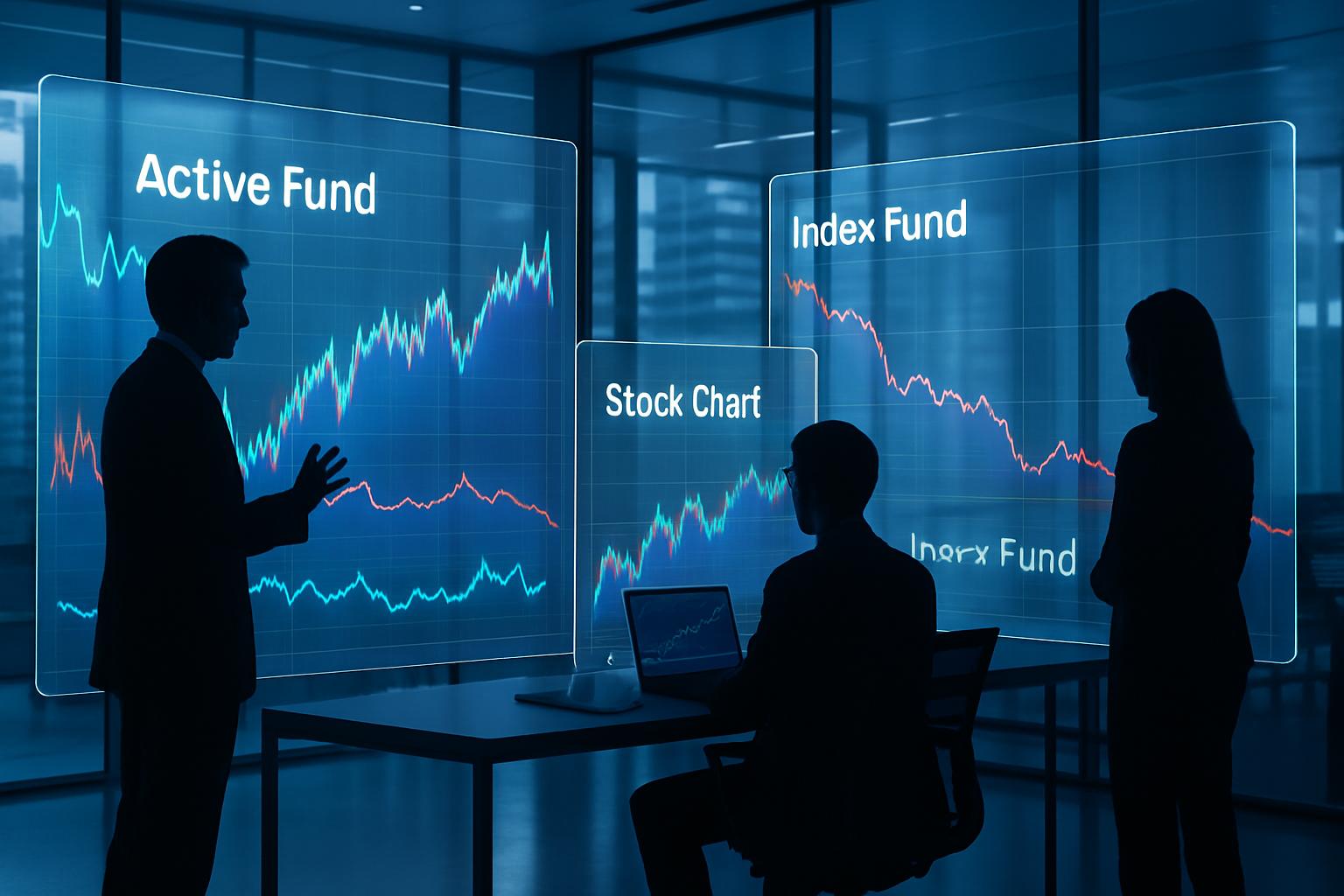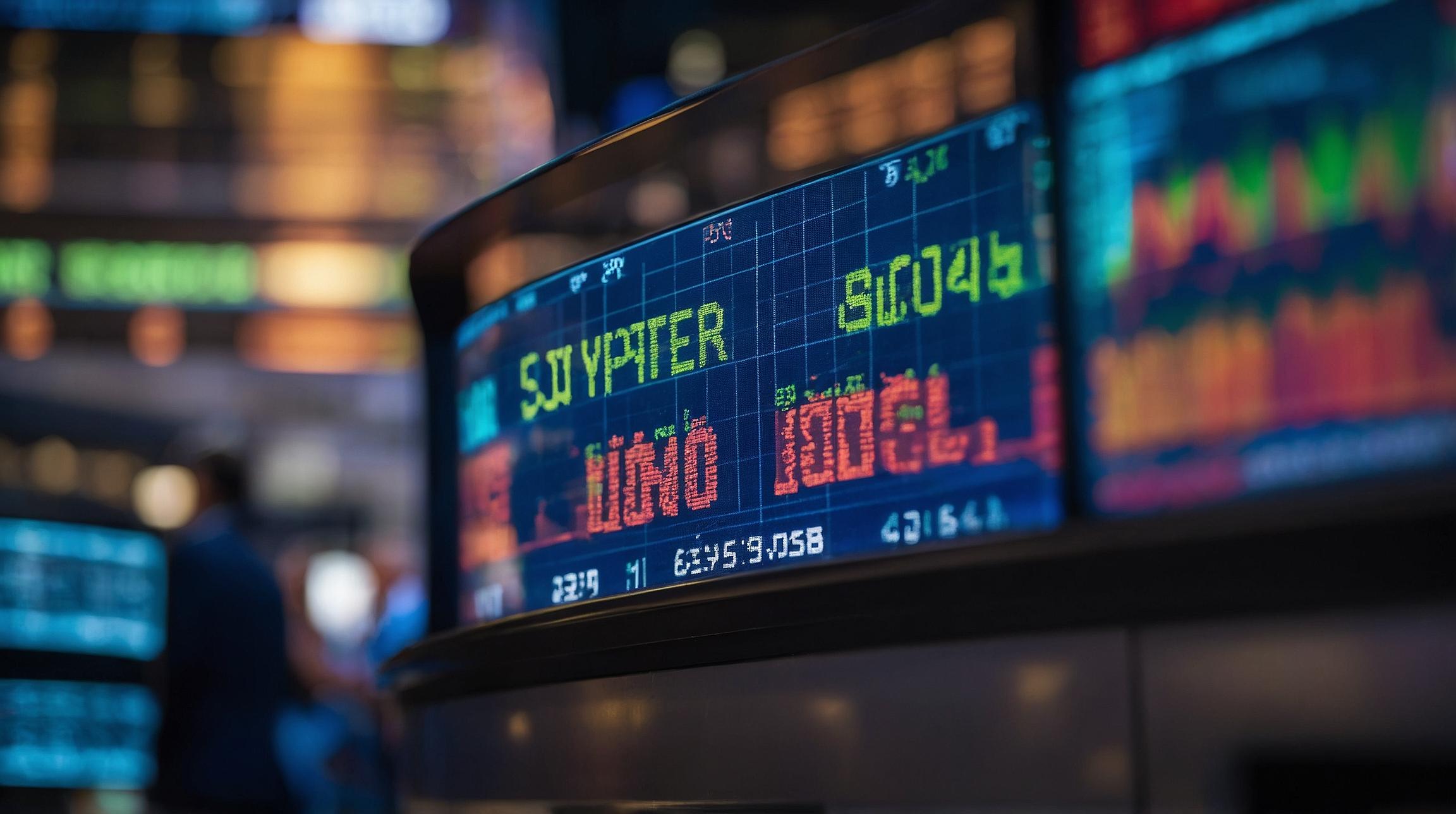Active Funds Face Persistent Challenges Amid Market Volatility
Active investment funds struggled to outperform their index fund counterparts over the past year, according to a recent Morningstar report. This underperformance occurred despite significant market volatility driven by tariffs, elections, and geopolitical tensions—conditions under which active managers typically claim an advantage.
Performance Metrics Highlight Active Management Difficulties
From July 2024 through June 2025, only 33% of actively managed mutual funds and exchange-traded funds (ETFs) delivered higher asset-weighted returns than comparable index funds after accounting for fees. This marks a 14 percentage point decrease compared to the previous year.
Bryan Armour, Morningstar’s director of ETF and passive strategies research for North America, noted that conventional wisdom suggests active managers should capitalize on market complexities. However, data consistently shows otherwise. Over the past decade, just 21% of active strategies have outperformed their index benchmarks.
Sector-Specific Performance Varies
Success rates for active management differ significantly across sectors. In U.S. large-cap equities, which include funds tracking the S&P 500, active funds rarely outperform. Only 14% of actively managed large-cap funds surpassed the S&P 500 over the last ten years, according to SPIVA data.
Moreover, when large-cap active funds underperform, the magnitude of their underperformance tends to be substantial. Conversely, active managers generally achieve better results in less efficient markets such as fixed income, real estate, small-cap, and emerging-market equities. For instance, 43% of actively managed high-yield bond funds outperformed their index peers over the past decade.
Fees Remain a Critical Factor
Fees play a pivotal role in the relative success of index funds. Morningstar data shows that index funds charge an average annual asset-weighted fee of 0.11%, whereas active funds charge 0.59%. Active funds must generate higher gross returns to offset this fee differential.
Higher fees substantially erode investor returns over time. For example, an investor earning 4% annually on $100,000 with a 0.25% fee would accumulate approximately $208,000 after 20 years, compared to $179,000 with a 1% fee—a difference of $29,000, according to the Securities and Exchange Commission.
Market Responses to Policy Announcements
Some active managers reduced risk exposure following announcements of reciprocal tariffs by President Donald Trump in April 2025. However, the market rebounded swiftly, underscoring the difficulty active managers face in timing such events accurately.













